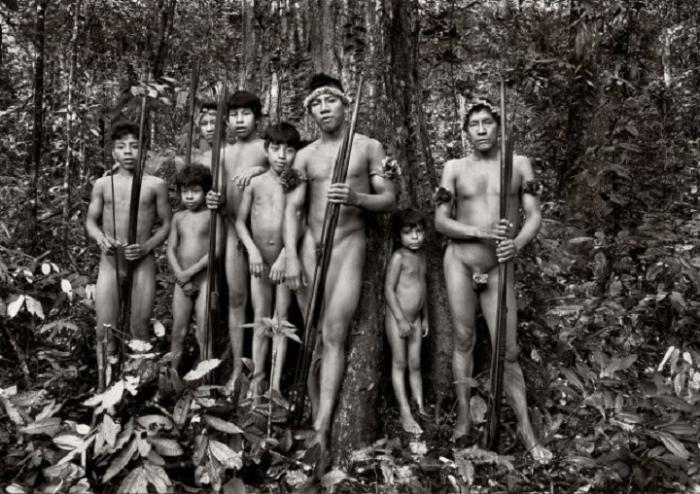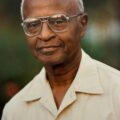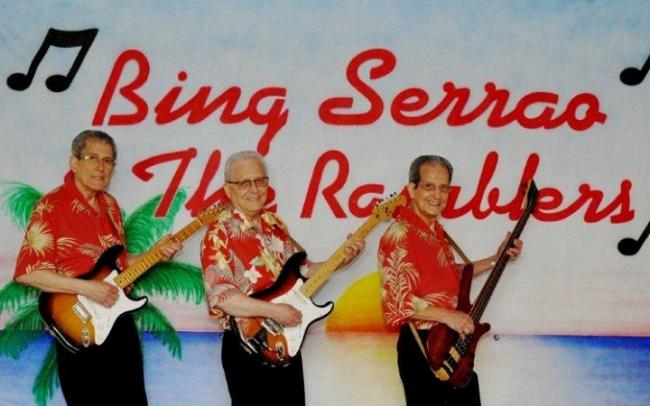These artists in this exhibition are gathering the history scattered fragments of the collective memory of the Caribbean. In the view of the curator they, in discovering the impossibility of representing that reality, have enabled the freedoms of creation and distinctions are being drawn, he says, between Caribbeans and the Caribbean between expression and politics, between identity and nationality. Their way of being is distinctly singular. The individual cannot be denied.
These artists in this exhibition are gathering the history scattered fragments of the collective memory of the Caribbean. In the view of the curator they, in discovering the impossibility of representing that reality, have enabled the freedoms of creation and distinctions are being drawn, he says, between Caribbeans and the Caribbean between expression and politics, between identity and nationality. Their way of being is distinctly singular. The individual cannot be denied.
This is not a given dream. They are involved in a birthing of a Caribbean identity. They are formulating a view of the world and expressing it in an aesthetic of their own making. To understand this expression, a deciphering of that aesthetic of the Caribbean is an absolute imperative. It is a fusion of old world dominance and New world aspirations. This world view defies standardisation. It refuses to accept the primacy of the view of the other over the self. It is a grappling with the challenge of translating our world into an image of our own making.
With this exhibition the curator is reflecting on the preservation of history, on those new world aspirations, and on the challenges to the environment. The artists are asking how the reality of their world can be translated into image. They’re asking, how can chaos be transformed into balance. Questions, questions, it’s all questions here, All exploration, and a willing of the community to look in a different way.
This is not a preoccupation with the past. Quite to the contrary, it is about now-ness. It is a standing at the center, firmly rooted in the culture which informs and inspires the works. For Doddard that is the spirituality of Haitian Voodoo. He asserts his rejection of the formalist classifications of primitive and naive. he’s engaged with the demands of contemporary Caribbean art. He is responding to a present constructed from fragments of the past. His is an archeological approach.
This unearthing of the lost fragments of memory from the pre-Columbian period in the Caribbean is an important feature of Caribbean visual arts expression. Craig’s lifting of the taboos generated by our forefathers is the important role the narrative of his painting plays. Though seemingly a complacency of dwelling in the past, It is part of the urgency of the redefinition of self. It is the preoccupation with a shaping of the future that is inherent in Caribbean life. Yesterday’s future is today’s present and tomorrow’s past. That is how the curator of this exhibition puts it. What it means is that another one of the more pressing concerns for Caribbean artists is .the establishing of this continuum of time. And it is to that re-appropriation of time that the curator is pointing with the presence of Gene Tinnie in this exhibition. His manipulating of the iconographic multi-referentiality of image provokes a multiplicity of meanings, and without need of the kind of analysis upon which written communication depends The works connote any number of things in much the same way as it’s possible with interpersonal transaction to alter social identity depending on the when and where of their transcation. Time then, the re-appropriation of time, is a virtual necessity for Caribbeans, who, left by the colonial experience with a truncated awareness of history would flounder without self-knowledge, without the efforts, as well, of its artist to continue to inform the present consciousness with the historical significance of several viewpoints situated in the Caribbean.
One such viewpoints as expressed by the Jamaican painter – Cecil Cooper, is that “Jamaicaness is worn within”. He says “I do not carry it as a dogma. It does not weigh on me, it is in me. I carry it in me. I live it.” With this he is confidently resisting the destabilising intents of neocolonial forces. It translates into a rejection of the idea that his aesthetic is on the margins of European modernism to which he owes a debt. His works are rooted in a politics of time and place which possesses the authority of a privileged place in a culture in which it is neither prisoner nor foreigner. It is a link to the center of a life, the focus of which is distinctly Caribbean
Alluring, enchanting exuberant, young, simultaneously heaven and hell, local and diasporic, personal and collective, transitional, carried beyond. A Caribbean Craig mirrors in his representation of the subtlety of facial expression and body language, which tell tales of Haitian exoticism, its intrigue, its humility, its mystery and its irrepressible mastery. “Art” the curator says, “cannot exist without embodiment. It is there that the narration begins.” He says. “It is how the most insignificant landscape becomes a self-portrait, how it acquires body, a body no longer the sole property of its owner but a metaphor of a “We” which viewers, from where ever they are, can comprehend.
Achieving mastery over the expression of one’s image and providing a new way of reassembling the scattered fragments of memory is the work of a nascent culture intent on inventing the future. Muir’s hyper-realistic imaging of everyday life is moving his community beyond fragmentation with its emphasis on the social, the political and the technical. It’s objective is the shaping a new balance between independent and interdependent identity. Lewis, from an altogether different angle is making the same call – the pursuit of the human. His is a call to follow the science, the biology. Recognize the human!
The take away message from these Caribbean artist in this Canvasses and Frames exhibition curated by D. Neil Hall, of the Urban Collective in celebration of Caribbean Heritage Month 2013, for one of the most diverse cities of America – The City of Miramar, in the state of Florida, is — LOOK…………. IN A DIFFERENT WAY!





